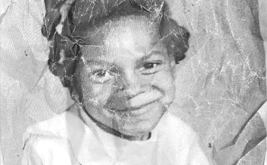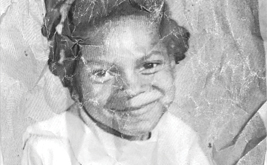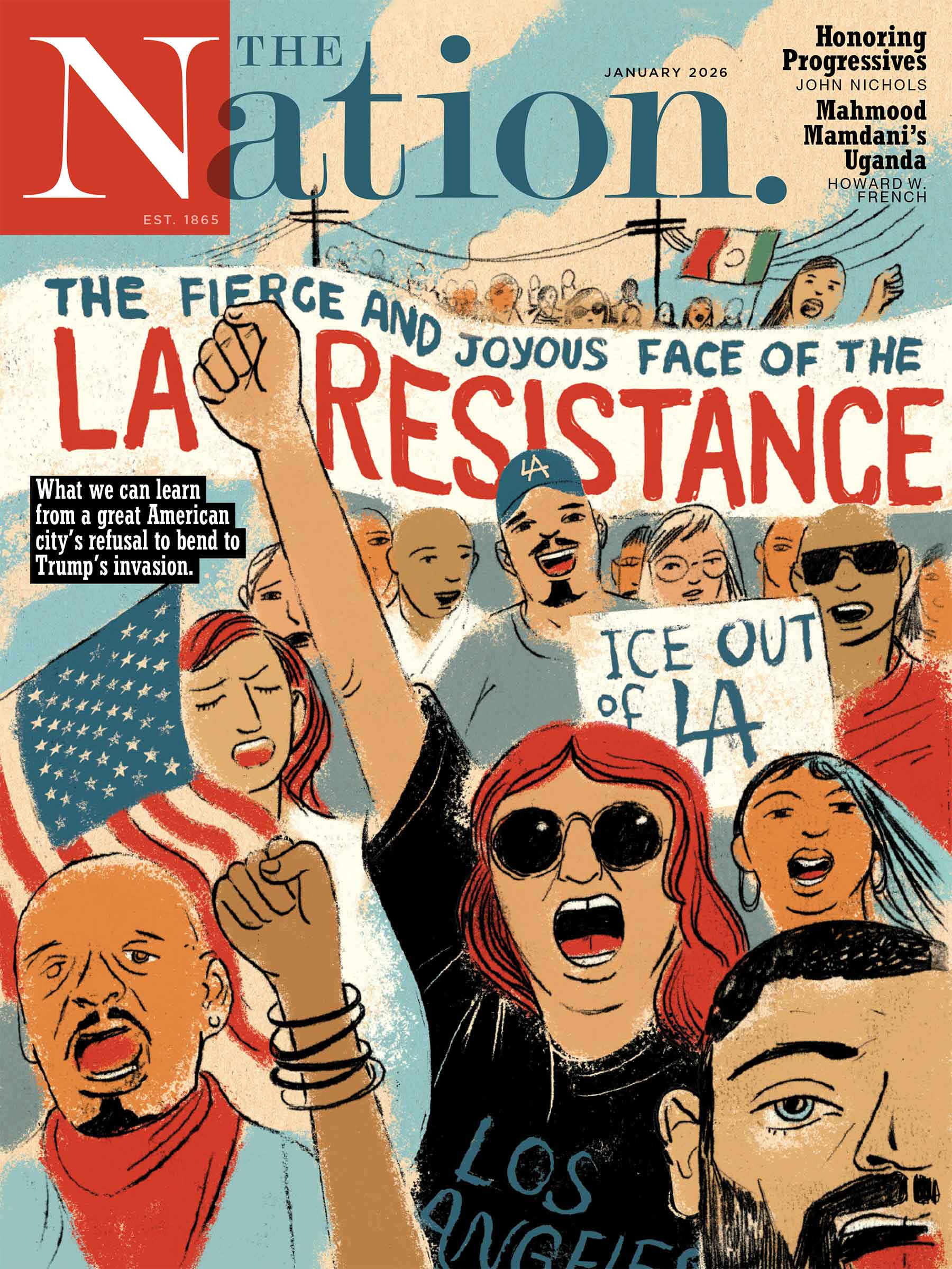Will Pennsylvania Execute a Man Who Killed His Abusers? Will Pennsylvania Execute a Man Who Killed His Abusers?
When a Pennsylvania jury sentenced Terrance Williams with the death penalty, they didn't know he had suffered years of violent sexual abuse at the hands of his victim.
Sep 12, 2012 / Liliana Segura
In Sentencing Criminals, Is Norway Too Soft? Or Are We Too Harsh? In Sentencing Criminals, Is Norway Too Soft? Or Are We Too Harsh?
If Anders Breivik’s twenty-one-year sentence is shocking to Americans, it is largely because we are so uniquely punitive, whether the crime is murder or drug possession.
Aug 28, 2012 / Liliana Segura
The Uncertain Fate of Pennsylvania’s Juvenile Lifers The Uncertain Fate of Pennsylvania’s Juvenile Lifers
What will Pennsylvania do with prisoners like Sharon Wiggins, who has been locked up for more than forty years for a crime she committed at 17?
Aug 7, 2012 / Liliana Segura and Matt Stroud

Updated: Texas Executes Man With IQ of 61 Updated: Texas Executes Man With IQ of 61
The Supreme Court waved forward the execution of Marvin Wilson despite a 2002 ban on executing people with intellectual disabilities.
Aug 6, 2012 / Liliana Segura
Chicago’s Dark Legacy of Police Torture Chicago’s Dark Legacy of Police Torture
Illinois has shuttered a commission formed to examine the cases of prisoners who say they were abused under Chicago’s former Police Commander Jon Burge years ago. But a truth...
Jul 19, 2012 / Liliana Segura
Some Justice for Kids Some Justice for Kids
Why did the Court limit its ruling to cases with mandatory sentences, instead of banning juvenile life without parole altogether?
Jun 27, 2012 / Liliana Segura

The Supreme Court Gives (Some) Juvenile Lifers a Second Chance The Supreme Court Gives (Some) Juvenile Lifers a Second Chance
Why did the Court limit its ruling to cases with mandatory sentences, instead of banning juvenile life without parole altogether?
Jun 26, 2012 / Liliana Segura

Throwaway People: Teens Sent to Die in Prison Will Get a Second Chance Throwaway People: Teens Sent to Die in Prison Will Get a Second Chance
Trina Garnett accidentally set a fatal fire when she was 14. That was in 1976. Could today’s Supreme Court ruling against juvenile life without parole finally bring her home?
May 9, 2012 / Feature / Liliana Segura
Will the Supreme Court Toss Life Without Parole for Juveniles? Will the Supreme Court Toss Life Without Parole for Juveniles?
Some justices hint they might limit mandatory sentences that send teenagers to die in prison.
Mar 21, 2012 / Liliana Segura
Remembering Martina Correia Remembering Martina Correia
Even after her brother, Troy Davis, was executed, Martina never stopped fighting the death penalty. Yesterday, she lost her fight against breast cancer.
Dec 2, 2011 / Liliana Segura
